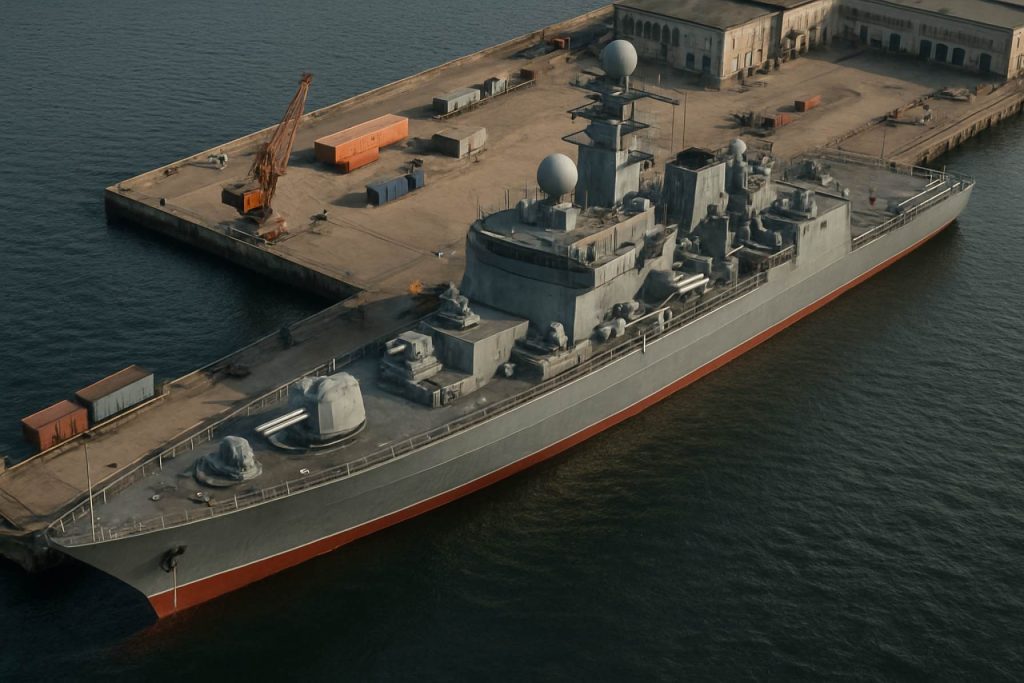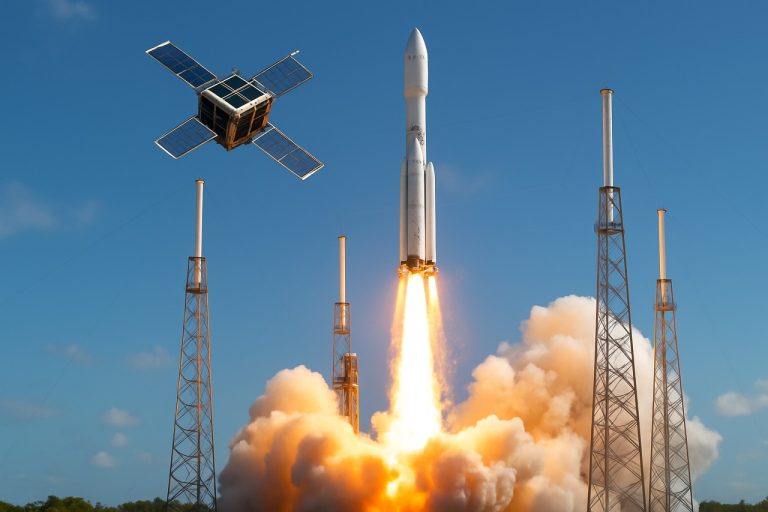
Stunning Satellite Discovery: North Korea’s Largest Warship Signals Major Military Shift in 2025
New satellite images reveal North Korea’s largest-ever warship, reshaping Asia’s maritime power balance and sparking global concern.
- 140 meters: Length of newly revealed North Korean warship—twice the size of prior ships
- 6,000-7,000 tons: Estimated displacement class—capable of carrying ~10 missiles
- March 2024: North Korea’s “nuclear strategic guided missile submarine” unveiled
- Multiple Domains: Expansion signals integration of sea and nuclear capabilities
Newly released satellite photos have set off alarm bells across defense circles: North Korea is building its largest—and possibly most powerful—warship yet. The immense vessel, spotted at the Nampo shipyard near Pyongyang, stretches a staggering 140 meters (almost 460 feet), dwarfing every other ship in the regime’s fleet.
This construction marks a pivotal leap, hinting at Kim Jong Un’s relentless push to transform North Korea into a force to be reckoned with both on land and at sea. The implications could upend regional security and demand new vigilance from global powers.
How Did Satellite Technology Uncover North Korea’s Naval Secret?
Advanced satellite imaging, much like that harnessed by leading organizations such as NASA and the Center for Strategic and International Studies (CSIS), provided never-before-seen clarity into North Korea’s shipbuilding progress. High-resolution photos caught the previously invisible warship at a key stage, exposing North Korea’s ambition in real time.
Just as telescopes revolutionize our view of the universe, the latest satellite systems let analysts pierce the veil of secretive regimes. With these tools, military observers now monitor previously hidden advances, transforming global security analysis.
Q: What Makes This Warship So Significant?
Experts note that the warship’s sheer size and speculated capabilities mark a radical upgrade for North Korea. The Center for Strategic and International Studies estimates it is more than double the size of previous vessels and may feature missile batteries that could deliver both conventional and nuclear payloads.
The vessel aligns with Kim Jong Un’s sweeping modernization campaign, which began accelerating in the early 2020s. It joins recent milestones like the unveiling of a “nuclear-powered strategic guided missile submarine,” indicating a shift toward sophisticated multi-domain warfare. The emergence of these types of assets puts North Korea alongside world naval powers, at least in terms of optics.
How Does This Naval Expansion Affect Global Security?
Military strategists from BBC and CNN have echoed rising concerns. Not only does this project threaten to alter Asia’s maritime balance, but it also complicates security planning for North Korea’s neighbors and the United States.
Crucially, analysts caution that while big ships can signal power, real naval dominance depends on high-tech features—submarine-hunting sensors, electronic warfare, radar stealth, and missile shields. Whether North Korea’s new warship possesses those capabilities remains unclear but the potential alone demands international scrutiny.
What’s Driving North Korea’s Naval Ambitions?
Global observers see a calculated move to demonstrate technological progress and deter adversaries. The development comes alongside North Korea’s advancements in intercontinental ballistic missiles—including claims of U.S.-reach capability. By making a show of naval strength, Pyongyang seeks both to impress at home and intimidate abroad.
Experts point to similar moves by China—such as its significant nuclear fusion and naval research investments—as evidence of an escalating regional arms race. Advanced military tech increasingly serves not just as defense, but as a core pillar of national pride.
How to Stay Informed and Prepared
With North Korea expanding its reach on—and below—the seas, staying updated is vital. Leverage trusted sources like Reuters, CSIS, and NASA’s news alerts for ongoing developments. Defense analysts stress that as satellite spying evolves, so do the methods of monitoring security hot zones.
Don’t let global security shifts catch you off guard!
Checklist—How to Follow North Korea’s Naval Developments in 2025:
- Track updates from major news agencies and defense think tanks
- Explore regular briefings and imagery from satellite intelligence sources
- Compare North Korea’s expansion with regional naval trends (China, Japan, U.S.)
- Stay cautious: Reserve judgment until capabilities are confirmed by experts
Stay alert, stay informed, and share this crucial update with your network!



